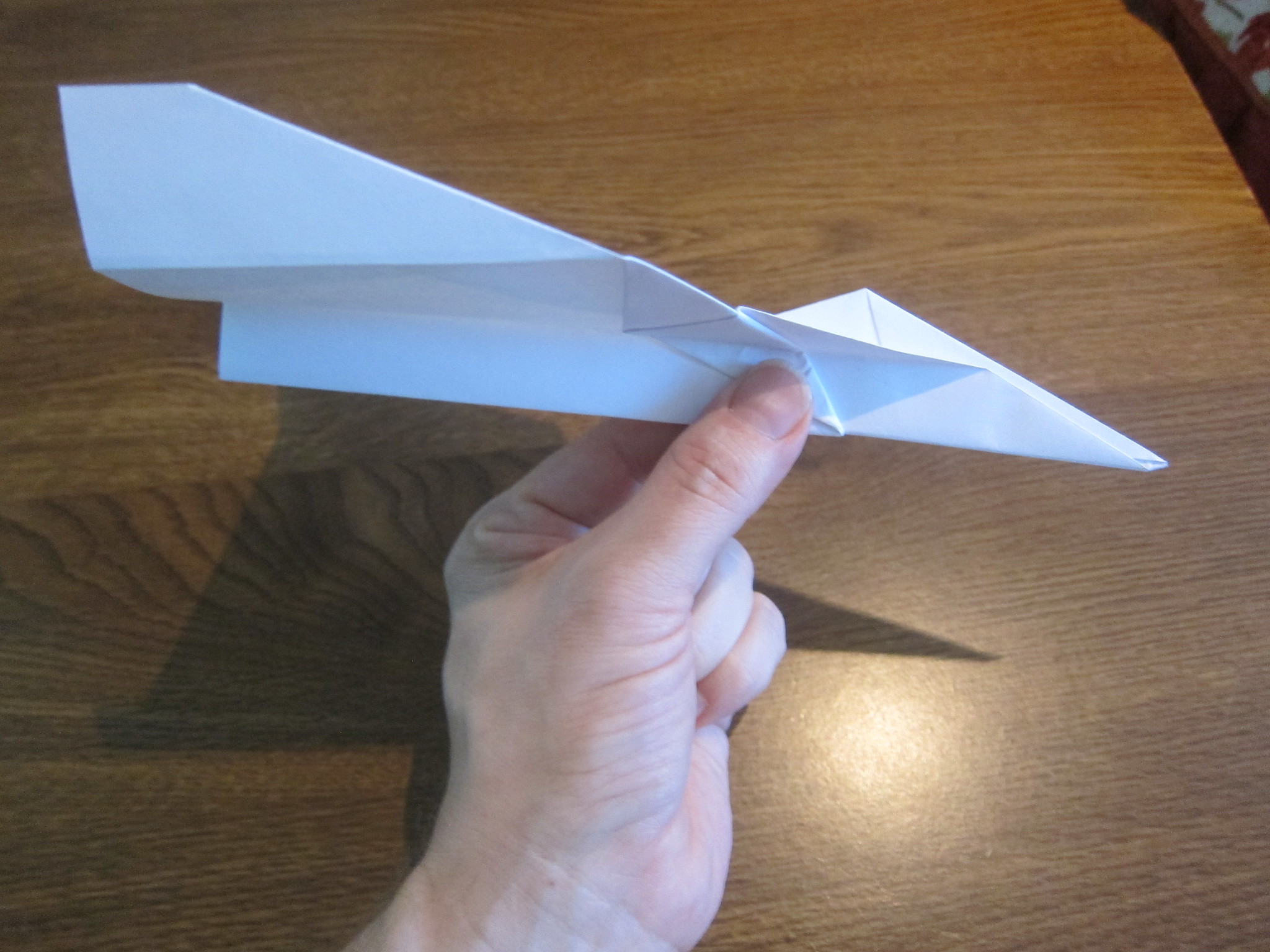I had a killer lesson planned. Fourth period was the tutorial class that I had been asked to teach, which meant that I pretty much had full reign over what I could've done. So why not go big? Yeah, let's go big. Wanting to show off some of the things I could create and show the class, I took one of Nathan Kraft's Desmos models, built by own as a second step, and thought I had it nailed. Just because Twitter is always so helpful, I figured it would be a good idea to get some feedback on the lesson. I was expecting "hey, cool" and "how did you make that?!"
Here it is, in case you want to play and harpoon it.
Instead, I got a reality check:
I messed up immediately on screen 5, dragging points too far outside the screen. Now I can't fix it. Also there, it's not clear what 'c' is supposed to be. Maybe include the labels, a = {a}, b = {b}, c = {c}. Would also be nice to have right angle highlighted..
— Andrew Knauft (@aknauft) February 4, 2018
Also, hard for T to judge correctness in overview; a fixed 13-length would help. (Overlay might also then point towards hypot-as-diam of circle relationship! Which would be off-topic, but cool to point at)
— Andrew Knauft (@aknauft) February 4, 2018
I found interface hard to use (on iPad). One coordinate went off screen and I couldn’t get it back. Instructions didn’t say to one or two or... decimal places and I didn’t know how to write root symbol. Not sure what age this is for but other than the video I was meh
— Anne Lamont Key (@ToyLadyAnne) February 4, 2018
1 more thing -- Gentle sugg: Why not have a ques. like "Suppose the area of the square built off the hyp of a RT is 400 square units. The area of a sq. built off one of its legs = 256 sq. units. What's area(SQ) built off other leg? What is length of other leg? Helps connect..
— Tim Brzezinski (@dynamic_math) February 4, 2018
When I really looked back at the lesson, it was just a (kinda sorta) flashy technology demo and not a realistic exploration of the Pythagorean Theorem. I sat on it for a night, pushing it to the side on Sunday afternoon, very uninspired after being chewed to pieces.
...and then it hit me.
Sunday night, less than 12 hours before working with the tutorial class to enhance their understanding of Pythagorean Theorem, it hit me: I need to change everything. Yeah, my lesson turned into a paper airplane.
Am I the only one who gets an idea less than 12 hours before delivering a lesson, scraps everything, panics, and starts over because I think it’ll resonate better?
— John Stevens (@Jstevens009) February 5, 2018
I can’t be the only one.
C'mon, John, you can do this.
With the help of Tim, I had my new appetizer set:
any "hint" at Ss recalling some robotic procedure may end up doing more damage (in the long run) than good. After slide 1 (love the H2O volume illus.), you can have them play around w/ @giohio 's @geogebra interactives: https://t.co/DCuriTrWRX &/or https://t.co/9WD3mszOet, (2/
— Tim Brzezinski (@dynamic_math) February 4, 2018
Much better. Hook set.
From there, I handed each student a sheet of pink paper, then each group a ruler and a pair of scissors. I modeled how to create a right triangle.
TEACHING IS EASY!!!
- Next, all you have to do is create a square with the sides measuring the length of one of your triangle legs.
- Cut the square out.
- Measure out the other leg of the right triangle, then create a square with the sides matching it.
- Put the two squares together to create a bigger square along the hypotenuse.
- Enjoy a glorious proof of Pythagorean Theorem.
On a positive note, some groups really got it.
Some key ones:
- When doing this activity, use graph paper. It will make things much easier to visualize.
- After students have cut out their squares (SQUARES!), throw away the scraps so they don't get confused.
- Don't assume kids know how to make a square. I know. I know.
- The struggle is worth it. There were a lot of good moments.
- Be willing to take a risk. The kids didn't know me, as I was the guest teacher, but they played along nicely. The regular teacher was there to help her students and none of them gave up. I have to believe that part of the reason is because there was still value in the activity, even if it wasn't clear as day in the middle part of the lesson.
- Most of the time, "don't read the comments" is advisable when doing the Internet. In the case of education Twitter, the opposite was true for me and it had so much value.
So where do I go from here?
I'm going to continue taking risks, making mistakes, and changing my lessons the night before (not 12 minutes before; y'all are crazy) because I know that it is an opportunity for me to grow. If I'm growing, the teachers I work with will grow. And when they grow, the end result is always going to benefit the students.
We just have to allow for a little bit of mess in between.
Happy "Scramble Pre-lesson" Fishing


 RSS Feed
RSS Feed


